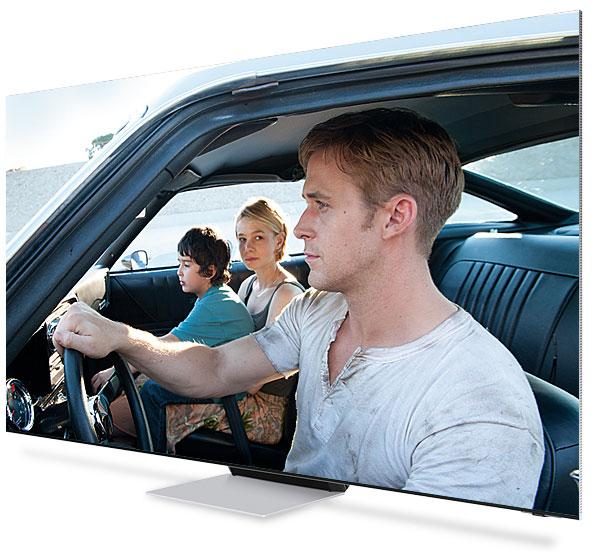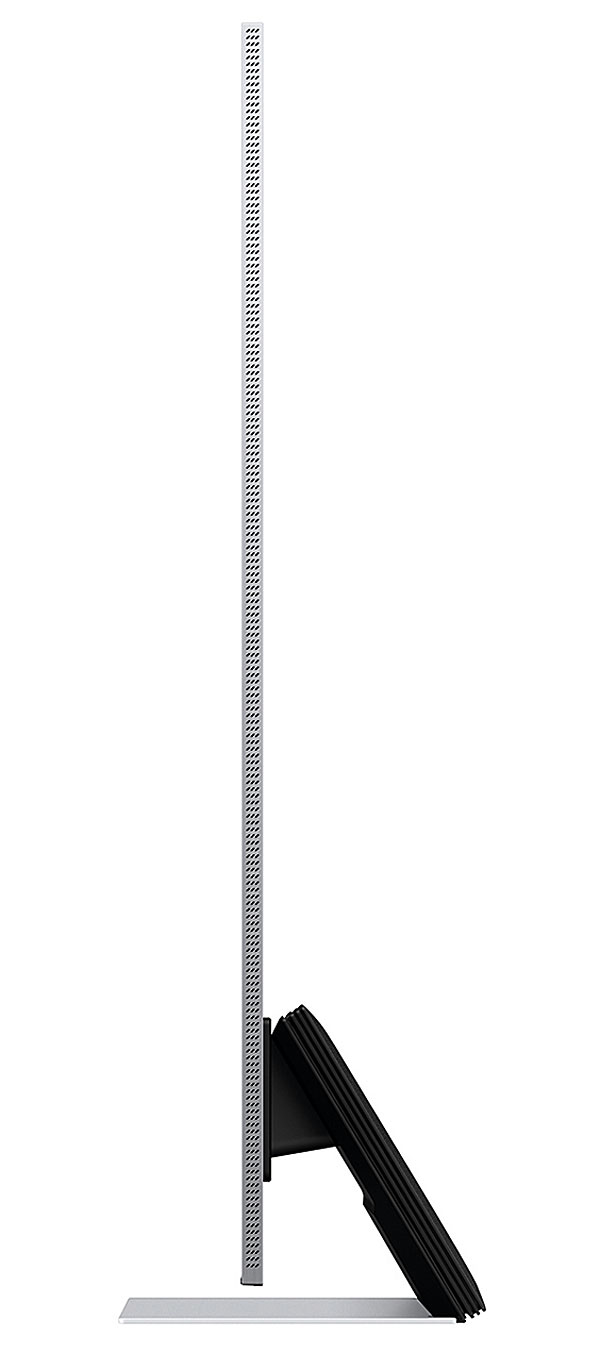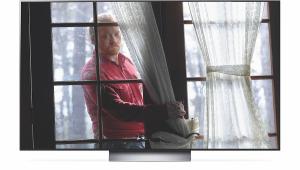Samsung QE75QN900B 75in 8K LED TV Review

 The native 8K resolution of Samsung's 75in TV is just the start of its attractions, reckons John Archer
The native 8K resolution of Samsung's 75in TV is just the start of its attractions, reckons John Archer
Great as the excitement is this year surrounding Samsung's debut QD OLED TVs – the first 'self-emissive' displays from the Korean company in close to a decade – it still determinedly sees Mini LED as its top-flight TV technology. And on the evidence of the flagship 75in QE75QN900B, it has a point. This TV is good enough to have you wondering if your budget will stretch to its premium price tag.
How premium? Well, the 75QN900B has launched at £7,799. Samsung's 65in QD OLED 65S95B, by comparison, only costs £3,400 despite its new screen technology. So how does this model, apart from those extra ten inches, justify costing more than twice as much?
For starters, it looks incredible. Samsung's king-sized screen sits in an astonishingly slim frame, and at the front of a much slimmer rear than on last year's equivalent model. This rear is essentially flat, creating a gorgeous monolithic feel, and the side panels are finished in a neat perforated metal finish. To help preserve its minimalist elegance, the TV ships with an external connections box that transports sound, pictures and power to the screen via a single cable. This box can slot onto the 75QN900B's desktop support neck if you're not wall-hanging your new telly.

Also contributing to the set's flagship status is its 8K resolution, offering four times as many pixels as 4K. There remains precious little native 8K content in the world, but the remarkable upscaling offered by Samsung's latest AI-bolstered video processor (which has been improved yet again for 2022, not least by the addition of 14-bit colour/greyscale processing) can make 4K sources look better than they do on a regular 4K display. The processor in the 75QN900B is specially optimised for 8K, and draws on the combined learning of 20 separate neural networks when deciding how best to present any incoming image.
Zonal Marking
The most important specification 'step up' from Samsung's premium QN95B 4K model (HCC #330) comes with its Mini LED lighting system. Quick recap: by using tiny LEDs that are barely one fortieth the size of conventional ones, Samsung has been able to fit far more of them behind the screen. And the more individual LEDs you have, the more you can do with them. On the 75QN900B, however, they're combined with a local dimming solution that allows 1,920 separate sections of the Mini LEDs to output their own independent light levels. That's 1,200 more zones than on the QN95B, all again supported by Samsung's Shape Adaptive Light Control engine, which adjusts the way the light peaks and fades within each light zone.
Like its 4K sibling, this model uses metal-clad Quantum Dots to deliver its colours, and in partnership with the Mini LED lighting delivers a mind-boggling 4,000 nits-plus of brightness on a 10 per cent white HDR window.
Banging The Drum
Gamers are well served by this 8K behemoth. It can keep input lag, for instance, to just 10ms. There's also a Game Bar screen that shows key image info and adjustments, and all four of the TV's HDMI inputs support 4K at 120Hz and variable refresh rates, including FreeSync Premium Pro.
 |
Home Cinema Choice #351 is on sale now, featuring: Samsung S95D flagship OLED TV; Ascendo loudspeakers; Pioneer VSA-LX805 AV receiver; UST projector roundup; 2024’s summer movies; Conan 4K; and more
|

















































